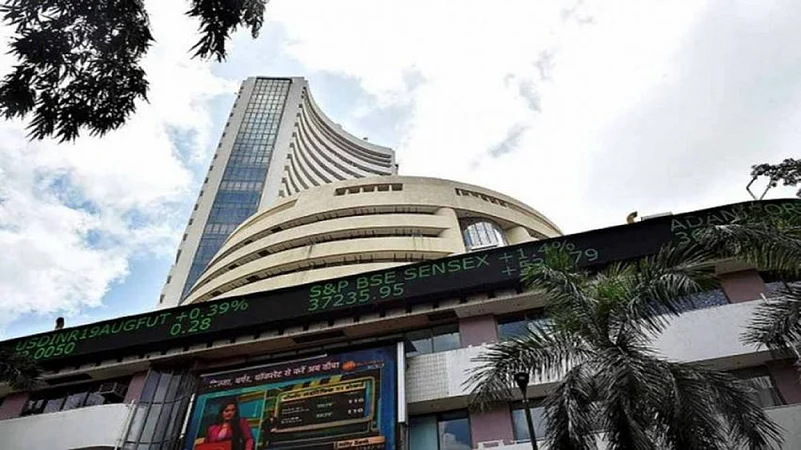The gap between the ownership of Foreign Institutional Investors (FIIs) and Domestic Institutional Investors (DIIs) in Indian equities is narrowing. Now, DIIs own nearly equal amount of Indian equities as FIIs.
As of the third quarter of the ongoing financial year, FIIs owned Rs 74.9 lakh crore and DIIs held Rs 73.5 lakh crore worth of Indian equities.
The gap between FIIs and DIIs ownership in Indian equities has now narrowed to just 0.3 percentage points. Almost a decade ago, this difference was much wider at 10.3 percentage points, per PrimeInfobase. FIIs, back in March 2015, held more than twice as much as DIIs.
Meanwhile, in the December 2024 quarter, both the benchmark equity indices Sensex and Nifty, slipped 9.11 per cent and 10.01 per cent from their respective all-time highs, hit on September 27, 2024.
Why FIIs are exiting India?
According to Prashanth Tapse, Senior VP Research Analyst at Mehta Equities, FIIs have been exiting India for the last year, even before Trump was in place to come. “The reason for this was very clear - the valuation of Indian equities was a little bit on the higher side when compared to other emerging markets like China and Japan. Six months ago, India was at the top in terms of valuation, which led to the initial wave of FII selling to lock in profits rather than a complete exit. Later, things worsened with weaker quarterly earnings, including muted results in Q1, Q2, and Q3, compounded by a declining GDP. These factors prompted FIIs to reduce their weighting in India and shift towards markets like China, Japan, and the US, because Trump is giving them extra confidence, with his call for “Make America Great Again.”
Why DIIs are bullish on Indian equities?
On the other hand, DIIs have remained bullish on Indian equities.
Tapse says, the investment cult in India started building up post-Covid, where we saw the asset under management (AUM) nearly doubling in the last five years.
Despite challenges such as Trump’s rise to power and all the wars globally we have experienced, India has outperformed global markets, rewarding its shareholders and re-imposing their confidence in Indian equities, he adds.
The long-term story of India's growth remains intact, and mutual fund investors, who are primarily long-term players, continue to have confidence in India's potential over the next 5-10 years, regardless of the political landscape. That is the one reason why DIIs have been bullish on Indian equities, Tapse explains.
Where is the market headed now?
In the near term, Tapse expects the market to remain volatile for the next 3-6 months. “While the downside is limited, global uncertainties, such as potential policy shifts by Trump, reactions from China, or any other global uncertainties arising out of China, the US or Islamic countries, could derail India's growth story.”
However, these risks are unlikely to derail India’s long-term growth story, as per the market expert.
Reflecting on the previous tenure of Trump, from 2017 to 2021, Tapse says, India delivered over 60% return. Tapse believes Trump’s second term will not be detrimental to India’s growth. With this in mind, he forecasts that the Nifty could reach a new all-time high by the end of December 2025, potentially between 26,500 and 27,000.














